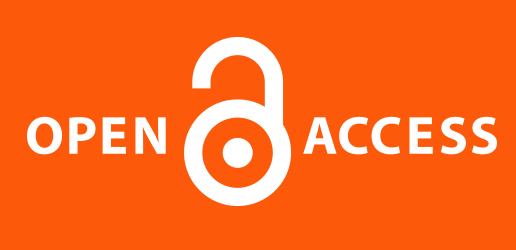In today’s academic landscape, access to scholarly papers and research findings is as crucial as a sound strategy in a game of Avalon. Just as strategic knowledge can turn the odds in favor of the player, comprehensive access to academic resources can significantly enhance the educational journey of both students and lecturers. Open access (OA) to academic papers stands at the forefront of transforming educational practices and research studies, democratizing information, and fostering a culture of sharing and global collaboration.
Advancing Educational Equity
Open access to scholarly articles primarily benefits educational equity across diverse geographical and economic backgrounds. Students and lecturers from institutions that cannot afford expensive subscription fees to scholarly journals are often left at a disadvantage. Open access levels the playing field, giving everyone the same opportunity to stay updated with the latest research, methodologies, and theoretical advancements. This democratization of information not only boosts the quality of education but also empowers individuals to contribute meaningfully to their fields of study.
Enhancing Research and Collaboration
Greater information transmission made possible by open access has the potential to boost research visibility and citation counts. This exposure is crucial for lecturers to grow in their careers and become recognized experts in their professions. The broad scope of modern studies also helps students, since it can guide and motivate their own research endeavors. Paywalls are removed to create an atmosphere where knowledge is openly exchanged, promoting interdisciplinary collaboration and frequently resulting in novel discoveries and solutions to challenging issues.
Speeding up Scientific Discovery
Publication procedures at closed-access journals can often be drawn out, which slows down the sharing of fresh research and discoveries. By removing many of the obstacles to publication and access, open access quickens this process and makes it possible for instructors and students to use new information in their research, teaching, and learning activities more quickly. In industries where technology is advancing quickly or where timely data might impact public policy or spur scientific discoveries, prompt access is especially important.
Cost Efficiency
The economic argument for open access is also compelling. The rising costs of academic journal subscriptions are a burden for educational institutions, consuming budgets that could be allocated to other academic needs such as improving campus facilities, funding scholarships, or enhancing teaching aids. Open access removes these financial barriers, reducing the overall cost of academic resources for universities and allowing them to better manage financial resources in favor of a more rounded educational offering.
Fostering Lifelong Learning and Public Engagement
Open access guarantees that significant scientific work will be accessible to the general public, self-learners, and graduates regardless of their institutional affiliations. This encourages lifelong learning and makes scientific discoveries and academic discussions more accessible to the general population. By including the public in academic research, the divide between academia and the public domain is closed and society’s comprehension of science and the humanities is expanded.
Challenges and Considerations
Open access has drawbacks in spite of its advantages. The main issue is whether publishing models can continue to make money. Since open access journals frequently charge authors a price for publication, this may deter academics from publishing in them, particularly those who do not have institutional support for publication. Furthermore, maintaining the caliber and legitimacy of research publications is a difficulty, since the open access model may result in a flood of lower-caliber papers if improperly governed.
The move to open access signifies a fundamental transformation in the culture surrounding the creation and sharing of academic information, not only a reorganization of the distribution of academic resources. It offers a more dynamic, inclusive, and effective learning environment for both lecturers and students. A globally aware and connected academic community is becoming a more realistic goal as more organizations, sponsors, and governments back open access efforts. In order to create a diverse, inclusive, and egalitarian academic environment and to remove any obstacles from people’s ability to learn, develop, and contribute to their areas, open access must be fully embraced. Our global intellectual environment is further enhanced by the wider embrace of open access, which fosters a culture of curiosity and educated debate within the community at large.
The move to open access signifies a fundamental transformation in the culture surrounding the creation and sharing of academic information, not only a reorganization of the distribution of academic resources. It offers a more dynamic, inclusive, and effective learning environment for both lecturers and students. A globally aware and connected academic community is becoming a more realistic goal as more organizations, sponsors, and governments back open access efforts. In order to create a diverse, inclusive, and egalitarian academic environment and to remove any obstacles from people’s ability to learn, develop, and contribute to their areas, open access must be fully embraced.





